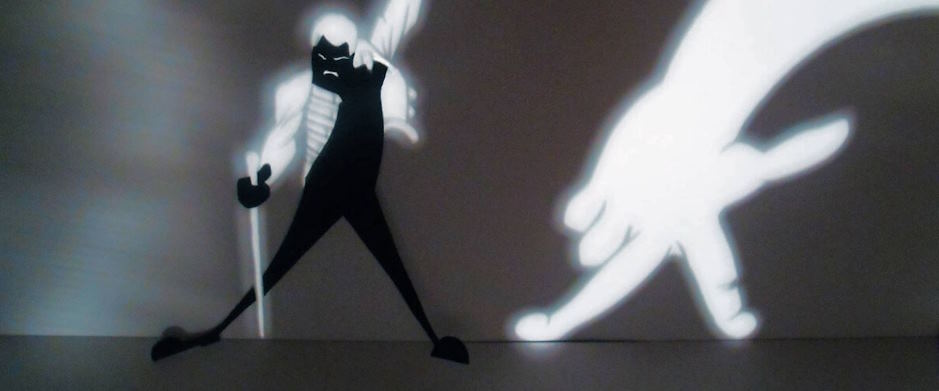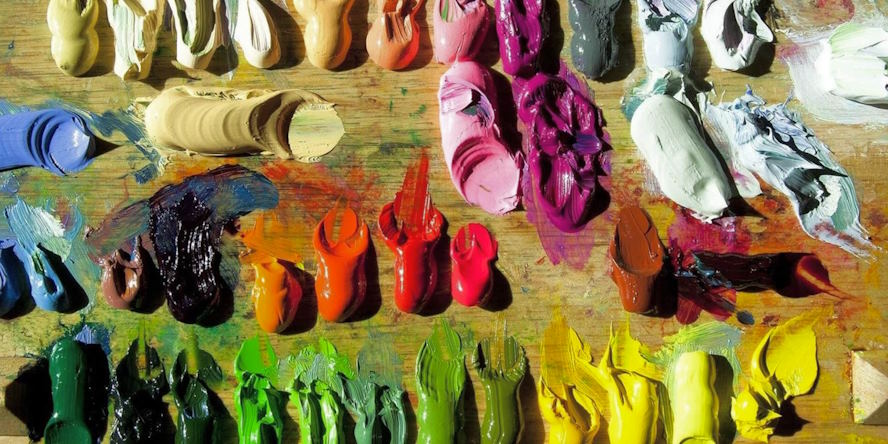Art is a medium that allows us to explore and appreciate the beauty and complexities of the world around us. Among the various elements that contribute to the vibrancy and realism of art, color, light, and shadow hold a significant place. These three elements work harmoniously to bring life and depth to a piece of artwork, whether a painting, photograph, or any other form of visual expression. This article will delve into the importance of color, light, and shadow in art and how artists skillfully employ them to create captivating and evocative works.
The Language of Color
Color is undoubtedly one of the most influential aspects of art. It can convey emotions, set the mood, and communicate subtle messages. Artists carefully select and arrange colors to evoke specific feelings or to depict different subjects.
Evoking Emotions and Setting the Mood
Color has a profound impact on our emotions and can evoke powerful responses. Warm colors like red and orange can create a sense of energy, passion, and excitement. They often evoke feelings of warmth and intensity. On the other hand, cool colors like blue and green can evoke calmness, tranquility, and a sense of serenity. These colors are often associated with nature and can create a soothing atmosphere in an artwork.

Additionally, artists use color to set the mood of their artwork. Bright, vibrant colors can convey joy, happiness, and positivity. Soft, muted colors can create a sense of nostalgia or melancholy. The careful selection and arrangement of colors allow artists to infuse their artwork with a specific atmosphere and emotional impact.
The Play of Light
Light is a fundamental element in the art that defines shapes, illuminates subjects, and creates a sense of depth. How light interacts with the objects in a painting or photograph can dramatically transform the atmosphere.
Creating Realism and Atmosphere
Lighting plays a crucial role in creating a sense of realism in art. Artists study the behavior of light, its intensity, direction, and quality to depict the interplay between light and various surfaces accurately. By understanding how light illuminates objects, artists can create a three-dimensional illusion, making the artwork more realistic and engaging.
Moreover, different lighting conditions can significantly impact the mood and atmosphere of a piece of art. Soft, diffused lighting can create a gentle and dreamy atmosphere, while strong, direct lighting can create dramatic shadows and highlights, evoking a sense of intensity and intrigue. Artists skillfully manipulate light to set the tone and atmosphere that align with their artistic vision.

The Drama of Shadows
Just as light brings life to art, shadows play an equally vital role. Shadows contribute to the three-dimensionality of artwork by indicating the presence of objects and defining their relationship to one another.
Depth, Contrast, and Visual Interest
Shadows are not merely the absence of light but an integral part of the artistic composition. They add depth, volume, and texture, making the artwork more realistic and engaging. Shadows create contrast and help highlight specific elements within the artwork. By carefully observing and replicating the intricate details of shadows, artists can enhance the visual impact of their work. Manipulating shadow details such as transparency, softness, or sharpness allows artists to control their compositions’ mood, focus, and visual interest.





























